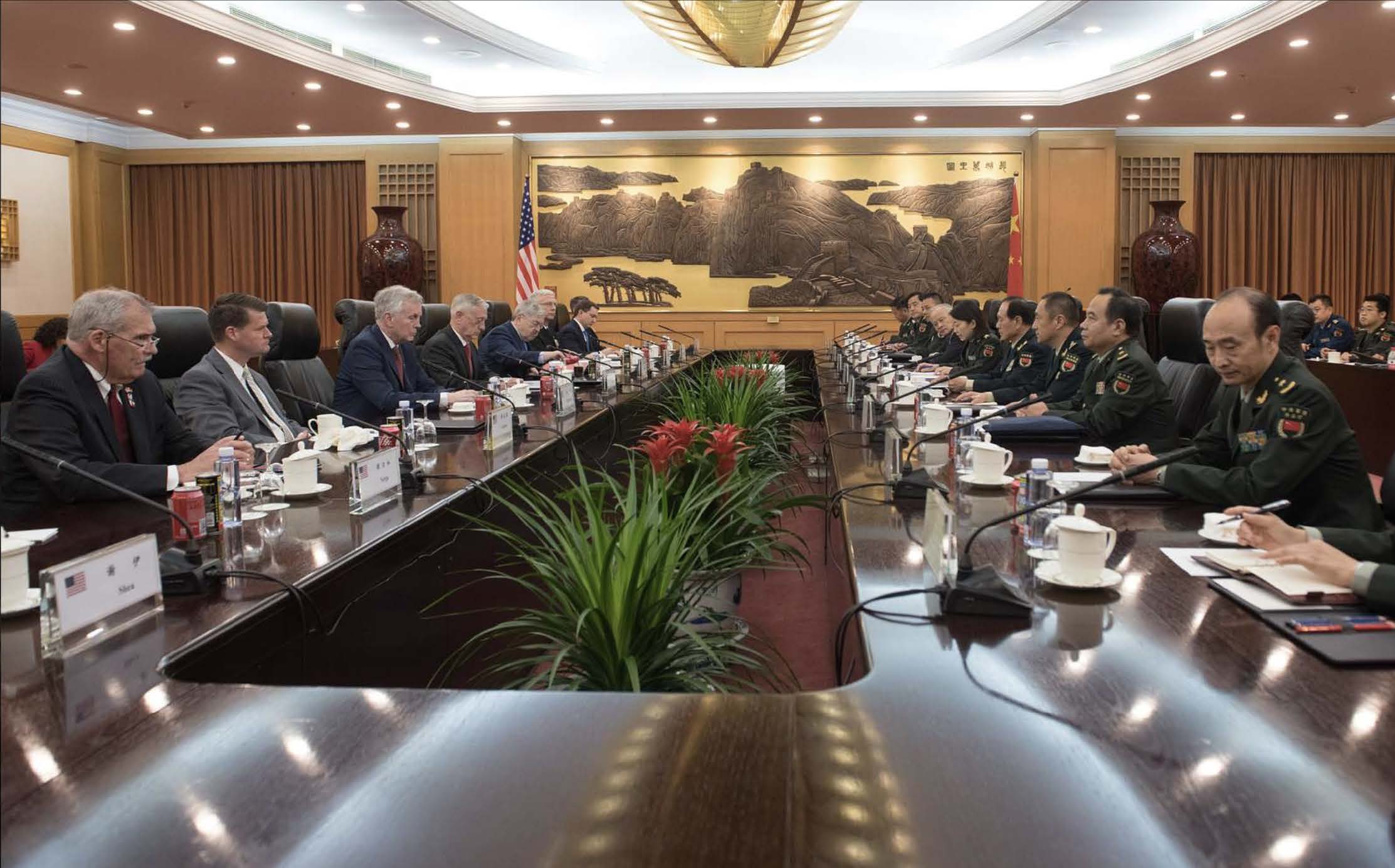Track-2 and Track-1.5 US-China Strategic Nuclear Dialogues: Lessons Learned
Click here to download the full report in English
Recent years have seen a deterioration of US-China relations, particularly concerning nuclear weapons. The two countries do not have a history of arms control, and dedicated dialogue on strategic nuclear issues has been nonexistent. In response, initiatives initiated by experts and scholars at think tanks on academic institutions have sought to promote mutual understanding on strategic nuclear issues.
In this special report, Dr. David Santoro reviews the key lessons learned from Track-2 and Track-1.5 US-China dialogues on nuclear strategic issues, and provides recommendations for how these processes should evolve to improve mutual understanding and establish an official strategic nuclear dialogue between the two countries. He reflects that it took several years to build trust or “rules of engagement” between US and Chinese experts to get to more substantive discussions.
Key takeaways:
- Track-2 and Track-1.5 dialogues have created habits of engagement between US and Chinese experts and enabled better mutual understanding of where the United States and China stand on key issues, have helped identify areas of convergence and divergence between the two sides, and opened the door to ideas about potential solutions or, at least, mitigation measures.
- In order to adapt to the new era of strategic competition and play (again) a positive role to help manage the US-China strategic nuclear relationship, Track 2 and Track 1.5 strategic nuclear dialogues should design meetings that properly address the strategic nuclear issues of significance for the bilateral relationship.
- Track-2 and Track-1.5 dialogues should be neither sideshows to, nor substitutes for, Track-1 engagement. Rather, they should be processes working resolutely towards the establishment of a Track-1 strategic nuclear dialogue and, once such dialogue is established, they should act as support platforms.
About the author
David Santoro is President and CEO of the Pacific Forum. He specialises in strategic deterrence, arms control, and non-proliferation. Santoro’s current interests focus on great-power dynamics and US alliances, particularly the role of China in an era of nuclear multipolarity. In 2021, he published U.S.-China Nuclear Relations – The Impact of Strategic Triangles with Lynne Rienner. Santoro also leads several of the Forum’s Track-1.5 and Track-2 strategic dialogues.
Disclaimer: The opinions articulated above represent the views of the author(s) and do not necessarily reflect the position of the Asia Pacific Leadership Network or any of its members or funders. The APLN’s website is a source of authoritative research and analysis and serves as a platform for debate and discussion among our senior network members, experts and practitioners, as well as the next generation of policymakers, analysts and advocates. Comments and responses can be emailed to apln@apln.network.
This publication was made possible by a grant from the Carnegie Corporation of New York.
Image: US Secretary of Defense James N. Mattis meets with China’s Minister of Defense Gen. Wei Fenghe at the People’s Liberation Army’s Bayi Building in Beijing, China, on June 28, 2018. (DoD photo by Army Sgt. Amber I. Smith)


